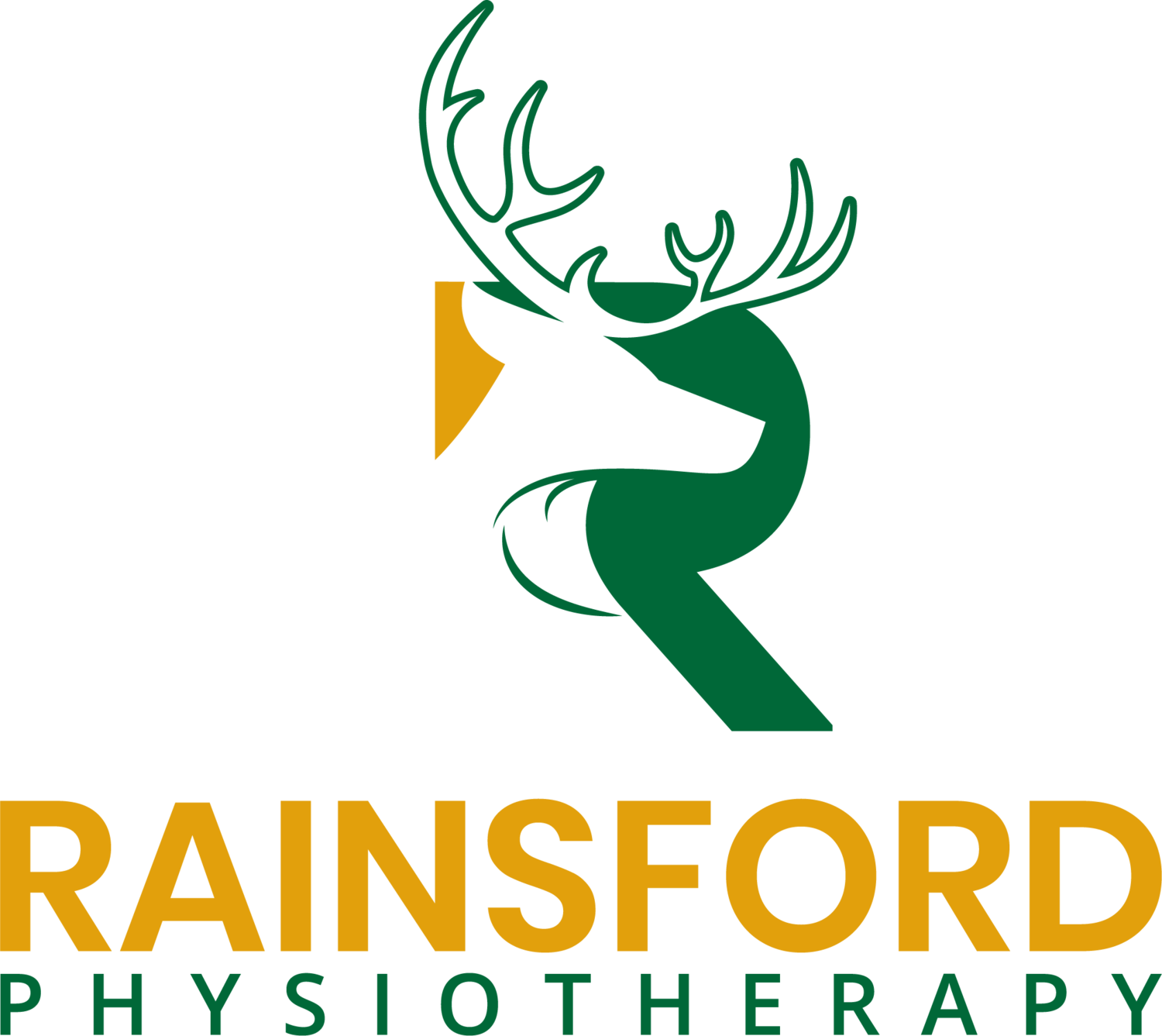8 Steps for Recovering After a Long Run
Dear athletes,
Congratulations! Whether you’re racing or training, running 5km, 30km, or more, your dedication and hard work have paid off and now it's time to focus on recovery. From my training as a Physiotherapist, and from my own athletic experience, I've put together a guide on the 8 essential steps to help your body heal and rejuvenate after a tiresome run. Let's break down a 24-hour plan to optimize recovery!
*Note: Recovery after cycling, paddling, running sports, etc. can benefit from a very similar approach. Message me to find out how to modify!
Step 1: 0-5 minutes post-run
Rehydrate with 250mL of water or an electrolyte-replacement drink.
*Note: Drink 500-1000mL within 1-hour of your run for more complete replacement of lost fluids.
Step 2: 5-15 minutes post-run
~10 minutes of light stretching can help reduce the heaviness or achiness (ie. D.O.M.S.) your legs will feel in the following 48-hours. Focus on muscles that were heavily used during your run, such as
Calves
Quads
Hamstrings
Lower back
Hip flexors
Step 3: 15-30 minutes post-run
Consume a high-carbohydrate and protein-rich snack. This helps your body replenish glycogen (ie. energy) stores and repair muscle damage.
Step 4: 30-60 minutes post-run
Consider taking a cold shower or cold-water plunge. This intense input to your nervous system can help reduce swelling and muscle soreness you may feel in your legs in the next 48-hours.
After your shower (hot or cold) consider wearing compression socks or sleeves (up to 24-hours) to improve blood circulation and reduce swelling. Check with your physician or preferred rehab professional to make sure this option is right for you!
Step 5: 1-2 hours post-run
Eat a full meal full of healthy complex carbohydrates, fats, and protein. Foods like lean meats, tofu, and legumes are excellent choices for protein intake to promote muscle repair and growth.
Also, a gentle massage can alleviate muscle tension and enhance blood flow to promote recovery.
Step 6: 2-6 hours post-run
If you haven’t crashed yet, it’s time to rest. Allow your body to recover by lying down with your feet elevated, or take a short nap.
Step 7: 6-12 hours post-run
Engage in low-intensity active recovery activities such as walking or swimming to stimulate blood flow without putting too much strain on your muscles.
Self-Massage and Foam Rolling: Utilize self-massage techniques and a foam roller to target specific muscle soreness and tightness. Aim for 10-15 minutes of your preferred exercises that target all the areas listed above.
Step 8: 12-24 Hours After the Race
Nutrient-Dense Meals: Continue to eat well-balanced, nutrient-dense meals. Nutrients found whole foods, like Omega-3s, Magnesium, and Calcium, are crucial for the healing process. Discuss ideas for well-balanced meals with your preferred nutrition expert!
And finally, get a full night's rest - ideally 8-hours. Sleep is when your body undergoes the most significant recovery and repair. Talk to your preferred healthcare provider for more ideas on sleep hygiene!
More tips:
Remember, athletic recovery is a personalized process, and timelines can vary based on the intensity of your running and individual factors (are you overtraining?). It’s important to listen to your body’s needs. If you experience excessive pain or unusual discomfort, consult a Physiotherapist or healthcare professional; they can provide you with more specific guidance based on your sport and training history.
Recovery is a fundamental component of any athletic training program. It's not a sign of weakness to spend time on self-care; it’s a demonstration of your commitment to your sport. Take care of your body and it will take care of you. Try incorporating this step-by-step guide and you'll find yourself bouncing back quicker and stronger.
Happy recovering!
- Thanks for reading and keep looking for more posts in the future on other ‘hot topics’ in the world of Physiotherapy and Physical Rehabilitation!

